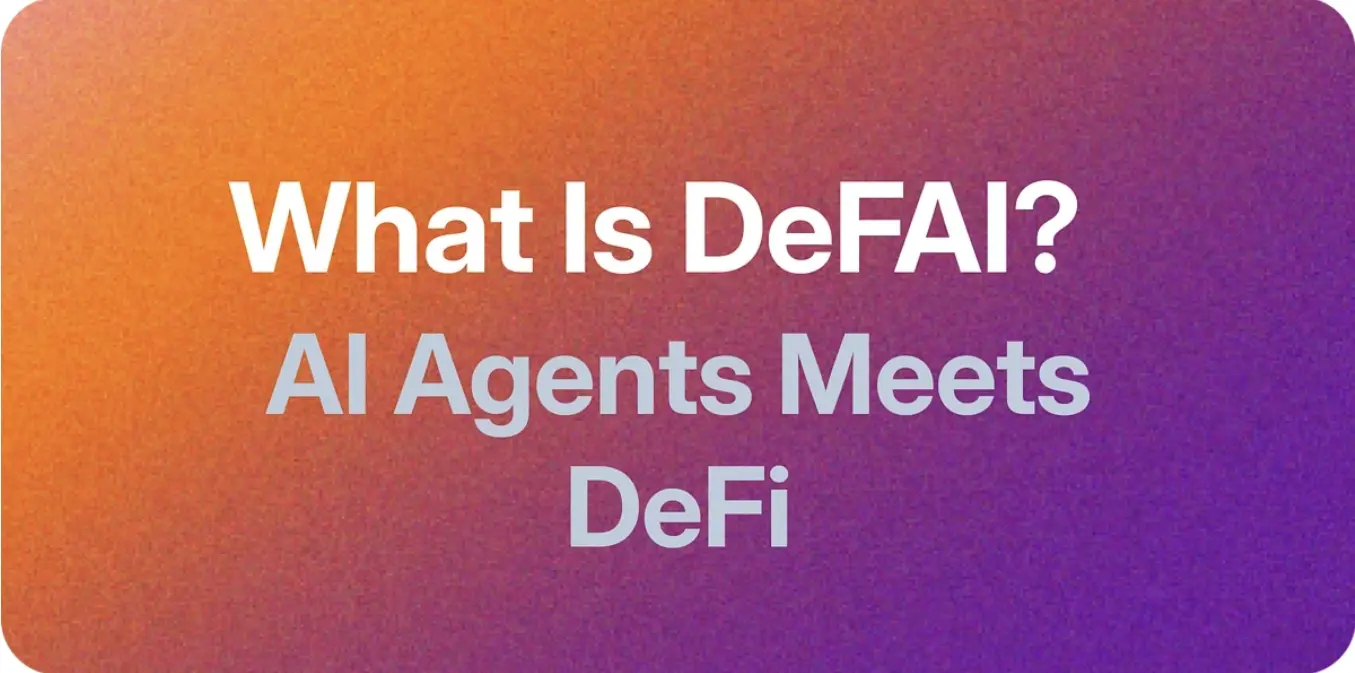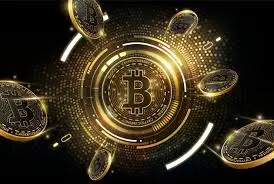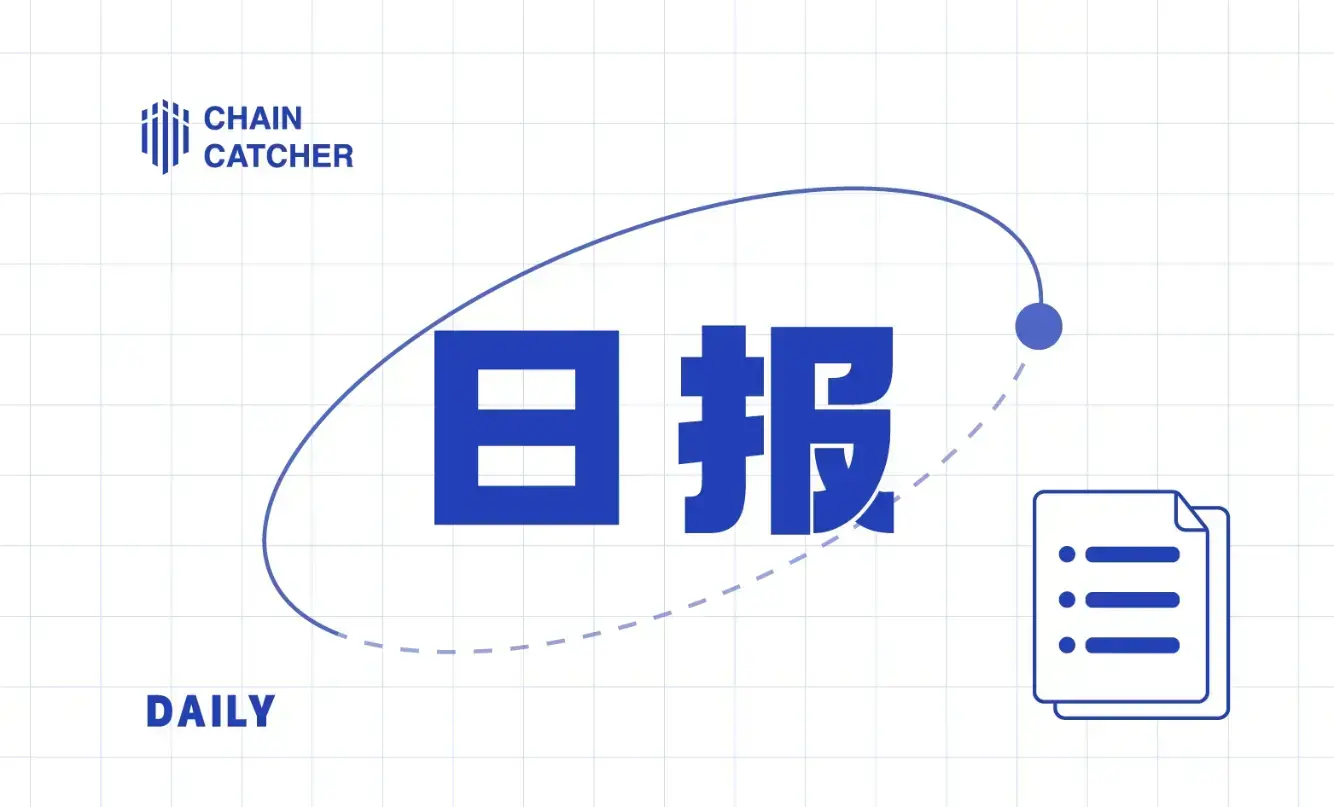Chapter 3: Art
The NFT Movement
The NFT movement is primarily driven by a small community of digital artists. As this scene gains more attention and influence, other artists are beginning to join in. Emerging digital artists see this as an opportunity to showcase their work, while traditional and more renowned artists are starting to experiment with digital art.
Artists and creators can now create their artworks directly in the form of NFTs and earn income directly from their fans without any intermediaries. By bypassing fees from distributors and publishers, artists can now earn a share based on what users are willing to pay.
NFTs essentially open up the digital art industry because they have the ability to protect ownership. Before the advent of NFTs, the internet was a sea of untraceable artworks, as anyone could easily copy or counterfeit these media assets without any claim to ownership. Now, NFTs allow artists to place their original markers on any digital media. While this still doesn't prevent people from "copying and pasting," it does authenticate the provenance of the artwork.
Collectors are willing to spend significant amounts of money on art NFTs because these NFTs are limited and come with proof of ownership on the blockchain. In other words, NFTs facilitate the value of origin and provenance—this is important because roles like "previous owner" and "artist's identity" play a significant role in driving art value. In the traditional art industry, many artworks sell for low prices, but once the original artist and owner are established, the artworks are revalued.
Moreover, NFTs provide a unique connection with creators that is not possible in any other art form. There are many advantages to using digital media, such as portability and the ability to inspire more creativity. For example, artists can incorporate sound and motion into their works.
The diversity of different art forms offers broader appeal to a wider audience, thus providing artists and creators with opportunities to grow their fan base. New collectors include investors from the cryptocurrency community and existing art collectors who may have heard about art NFTs from broader media. The rise of art NFTs has also attracted institutional investors, as they have been accepted as an investable asset class.
Defining Art
Art has been an important part of human culture since ancient times. It has always been a medium for humans to express creativity, dreams, visions, and more.
Art is also subjective. It comes in many forms, from sculptures like Auguste Rodin's "The Thinker" to Michelangelo's famous frescoes decorating the Sistine Chapel. With the advent of the internet, art now exists in digital form and is created directly on digital platforms. In a sense, NFTs represent a fusion of technological advancement and art.
Now, art is no longer just paintings or prints on paper; it has evolved into gifs, jpegs, and more. NFTs have brought a whole new revolution globally, providing tremendous opportunities not only for painting but also for photography, graphic design, and even short animations.
In the NFT industry, artists utilize different art components to create unique artworks. Just like there are oil paintings and watercolors, the digital art space is much more nuanced than you might think. Here are some components we will introduce:
- Static Art
- GIFs/Videos
- Photography
- Generative Art
Static Art
As the name suggests, static art is a form of digital art that does not move. Static art is often the choice of graphic artists who specialize in "photo shopping" and "painting," but it is also the preferred choice for traditional artists tokenizing their physical works. Here, we will look at some of the most famous NFT "static" artists in the scene: Beeple and Pak.
Beeple
Beeple is the pseudonym of Mike Winkelmann, a graphic designer from South Carolina with 1.8 million followers on Instagram. His work has been featured in collections for Louis Vuitton and at a concert for Justin Bieber, but he did not have a dedicated gallery in the traditional art world.
In October 2020, Mike Winkelmann sold his digital print for just $100. The first part of Beeple's artwork, titled "Everydays - The First 5000 Days," dates back to May 1, 2007. It was then that Beeple began creating and publishing a new piece of art online every day, something he has continued for the past 13 years. His artwork focuses on society's obsession and fear of technology.
The "Everydays" series is a composite of every image created over 5000 days. This NFT artwork was sold as a pure digital NFT art piece at the first major auction initiated by MarketsPlace, a marketplace for digital creators, at Christie's. The artwork sold for over $69 million. According to Christie's data, Beeple is listed as "one of the three most valuable living artists." Beeple is now recognized as one of the most influential figures on Fortune magazine's "NFTy 50" list.
Mike Winkelmann himself quoted: "I really think this is the next chapter in art history. Now there is a way to collect digital art."

Everydays: The First 5000 days by Beeple
Another artwork from Beeple's "First Drop" series, titled "Crossroads," fetched $6.6 million on the secondary market at Nifty Gateway. During the auction in October 2020, the original buyer did not know the final fate of the artwork, as the final form depended on the outcome of the 2020 U.S. presidential election. Once completed, the final painting was revealed—defeated president Donald Trump lying on the roadside in a birthday suit covered in graffiti.
Pablo Rodriguez-Fraile initially purchased the artwork for $66,666 but resold it for 100 times the original price within four months. A year ago, he began collecting digital artworks and co-founded a crypto art museum to showcase his growing collection. He believes that Winkelmann's ever-increasing sale prices indicate the importance of technology to the public.

Pak
Pak remains a mystery, as no one knows who they are. Due to Pak's pseudonymous identity, the crypto community even refers to Pak as "the Satoshi of crypto art."
Pak is a designer known for creating "Archillect," an AI algorithm that provides unique images with floating geometric shapes and thousands of matching cubes. With the launch of the Homogeneous Collection, Pak attempts to challenge the relationship between scarcity and value while pointing out the future of digital art.
By collaborating with Sotheby's and Nifty Gateway, Pak's "Homogeneous Collection" earned nearly $10 million in the first 15 minutes of sales, totaling $16.8 million within two days. The most valuable artwork in this collection is "The Switch," which sold for $1.44 million.
On Nifty Gateway, this switch is described as a unique, "one of one" NFT that showcases the evolution of artwork in the digital realm. "The Switch" is designed to change form at specific moments in the future, known only to Pak. The transformation is determined by a smart contract or self-executing code on the Ethereum blockchain and presented as immutable.

Another artwork in the Homogeneous Collection is "The Pixel." "The Pixel" is a digitally native artwork represented by a single pixel. It symbolizes the entry of NFTs into the traditional art world, selling for $1.36 million after a 90-minute bidding war on Nifty Gateway.

The Fungible Collection: The Pixel by Pak
Unlike "The Switch," which includes white and gray three-dimensional shapes on a black background, "The Pixel" is simply a gray square. It is meant to showcase the significance of digital art (NFTs) entering traditional auction houses. "The Pixel" was later sold at Sotheby's auction house.
In addition to the Homogeneous Collection, Pak has many other NFT series, such as "The Title." Pak has already made a mark in crypto art history and is likely to become a household name in the future.
GIF/Videos
If you look at any NFT marketplace, you will find a plethora of GIFs and video NFTs for sale. While you are unlikely to find an entire movie turned into an NFT, many animations have been made into NFTs, as it maximizes the potential of digital media. Unlike traditional paintings or static digital images, GIFs and videos can incorporate animation and sound, allowing artists to create works that integrate visual motion and auditory experiences.
XCOPY
XCOPY is a cryptocurrency artist from London who explores themes of death, dystopia, and apathy through distorted visual loops. XCOPY participated in the release of SuperRare records in 2018, becoming the second artist ever to mint records on the iconic platform.
Since the platform's inception in 2018, he has created over 100 NFTs on SuperRare. XCOPY has not only created NFTs on SuperRare but has also produced his artworks on other platforms like Nifty Gateway.
His work "Death Drip" is among the top 14 NFTs on SuperRare, selling for £1,000 in a secondary market transaction on March 24, 2021, marking the largest transaction in SuperRare's history. Notably, 100 Ethereum in royalties (10% of the resale price according to SuperRare's contract) were directly sent to XCOPY's Ethereum wallet.

Death Drip by XCOPY
Another GIF designed by XCOPY, "NGMI," was minted as a 1/11 NFT on a custom smart contract, allowing the owner's wallet address to determine the colors of the piece. When his personalized animation is set against a dark illustrated background, the artist poses the question: "If we are bombs, how do we defuse the bomb?" In June 2021, it sold for $378,000 at Sotheby's "Natively Digital: A Curated NFT Auction."

NGMI by XCOPY
Mad Dog Jones
Mad Dog Jones is an artist from Ontario, also known as Michah Dowbak, who creates art that aligns with dynamic, adaptive, and surreal concepts by combining music and art. His artworks begin with photographs or paintings of urban landscapes, such as buildings and street signs, which he then transforms into a cyberpunk scene through color and illustration. He has sold 1,567 NFT artworks, with an average sale price of $9,063.52.
His NFT work, "Crash+burn," sold for $3.9 million and made headlines in the NFT space. Like Beeple, Mad Dog Jones has also created artworks for artists and musicians like Maroon 5.
On April 23, 2021, at an auction organized by Phillips, Mad Dog Jones's "REPLICATOR" (2021) sold for $4.1 million. "REPLICATOR" (2021) is unique because it generates new NFTs every 28 days. The buyer ultimately can own between 180 to 220 unique NFTs, each with its resale value.

REPLICATOR (2021)
by Mad Dog Jones
Mad Dog Jones's passion for the cyberpunk art genre ultimately led him to create an MP4 NFT, "Visor." In this current work, he explores light and color on a face inside a motorcycle helmet, showcasing a vivid and captivating visualization of metropolitan aesthetics. In June 2021, this art piece sold for $201,600 at Sotheby's "Natively Digital: A Curated NFT Auction."

Visor by Mad Dog Jones
Photography
In digital photography, image ownership has traditionally been contentious. Anyone online can claim ownership of an image without provenance.
Original creators receive little recognition for the photos they take. With photos being minted as NFTs, the authenticity and proof of ownership of these photos can now be verified on the blockchain.
Cath Simard
In 2017, landscape photographer Cath Simard captured a photo of a lonely road in Hawaii. This photo was posted on her Instagram account and quickly went viral, soon being shared by thousands on various social media platforms. However, many did not credit the original photographer in their posts, and even after filing multiple copyright infringement lawsuits, Cath Simard was unable to receive any monetary compensation.

FreeHawaii
Photo by Cath Simard
Ultimately, Cath Simard decided to mint this photo as an NFT on SuperRare and publicly disclose its usage rights after purchase. It was auctioned with a starting price of 100 Ethereum. A well-known NFT collector, Gmoney, purchased this NFT. The photo can now be used by him for any commercial purpose without attributing it to the photographer.
The "FreeHawaii" photo is now one of the quintessential examples of photos being turned into NFTs.
Alejandro Cartagena
"50 Carpoolers" is a collection of photos taken by Alejandro Cartagena. These photos depict workers commuting in Monterrey, Mexico, busy with suburban and urban center travel. Although these photos were part of a 50-piece collection in 2011, they were not minted as NFTs until July 2021.
This project stemmed from Cartagena's desire to showcase the environmental, economic, and demographic changes occurring in his hometown of Monterrey.
The minted NFTs were auctioned on the Foundation marketplace, where interested buyers could bid for a period. During this bidding process, the NFTs in the collection sold for prices ranging from 0.75 to 10 ETH.

Carpoolers #1
by Alejandro Cartagena
Generative Art
It is often assumed that a living being must create artworks, but this assumption is far from the truth. In generative art, artworks are created by an autonomous system, meaning these artworks lack any human involvement. Typically, these artworks are inspired by modern art, which primarily involves geometric shapes. This type of art has seen quite a bit of hype in the NFT space, with Art Blocks at the forefront.
Art Blocks Curated
Art Blocks is the first platform focused on programmable on-demand generative content, also known as generative art. Its collections consist of various drops created by different artists. Some are static images or 3D models, but they all share a similar concept: each final, unique image is generated by the Ethereum blockchain. Artists create an algorithm or script and deploy it on the Ethereum blockchain, which generates a unique, randomly generated content piece.
"Ringers #879," created by artist Dmitri Cherniak, was purchased on the OpenSea secondary market for 1,800 Ethereum, selling for approximately $5.8 million, making it the most expensive Art Blocks piece on the market. The buyer is a cryptocurrency investment firm based in Singapore, Three Arrows Capital.

Ringers #879,
Art Blocks Curated
Another Art Blocks collection, Tyler Hobbs's "Fidenza," includes 999 unique artworks representing a series of algorithmically generated colorful squares and rectangles. Tyler Hobbs is one of many artists who appeared on the Ethereum-based Art Blocks platform, which was established in November 2020. "Fidenza #313" sold for 1,000 ETH, slightly over $3.3 million at the time of sale.

Fidenza #313,
Art Blocks Curated
Project Examples

The Everlasting Beautiful
FEWOCiOUS is an 18-year-old artist from Las Vegas. His works have sold for over $18 million and are currently being auctioned at Christie's. In his final year of high school, he has over 27,000 Instagram followers and 58,000 Twitter followers.

Gunky's Uprising by SSX3LAU
SSX3LAU is a collaboration between electronic musician 3LAU, Justin David Blau, and visual artist Slime Sunday. It sold for $1.33 million on the Nifty Gateway platform. The Rainbow series includes four audio and visual segments that combine unreleased music from 3LAU with captivating animations from Slime Sunday.

Bitcoin Angel
On February 25, 2021, Trevor Jones sold the 4157 edition of "Bitcoin Angel" for $777 in just 7 minutes, breaking the record for the most expensive open edition NFT artwork, with total revenue exceeding $3.2 million. Jones also collaborated with Pak to create an NFT piece titled "The Collision," which earned a total of $1.3 million in December 2020.
Conclusion
NFTs are undoubtedly disrupting the entire art industry and have the potential to change the broader creative industry. Art NFTs provide creators with more options to showcase their work to a larger audience across different platforms, thus increasing their chances of gaining attention. Collectors can also display their collections without needing physical space, while artists can experiment with different media. Perhaps NFTs represent a further release of artists' creative potential and the emergence of more art forms, whether in physical or digital formats.
Nevertheless, many unanswered questions remain; for instance, what will happen if NFTs become mainstream in art? How will artistic media evolve? Will traditional art forms gradually fade away, replaced by JPEGs and GIFs on the blockchain?
There are many uncertainties, but one thing we can be sure of is that art is always evolving. Throughout history, art has always transcended media. Before 400 AD, there were cave paintings, hieroglyphs, and Greek sculptures. Subsequently, the Middle Ages and the Renaissance ushered in an era of oil painting and poetry. Today, we still retain many traditional art forms like painting.
History tells us that some art forms may fade away, but many will remain relevant. Therefore, it is premature to think that digital art will erode existing art or even become the dominant art form. Instead, a more realistic hypothesis is that digital art, through NFTs, will complement the art industry as a more modern interpretation of artistic composition.









